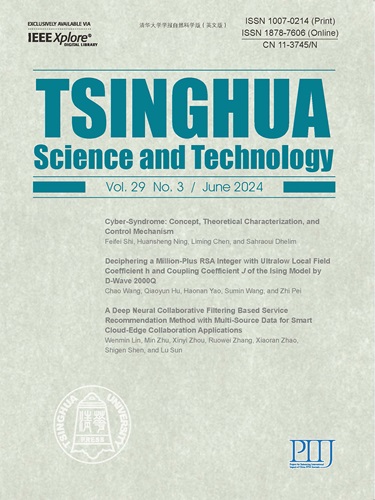Improved Aerial Video Compression for UAV System Based on Historical Background Redundancy
IF 3.5
1区 计算机科学
Q1 Multidisciplinary
引用次数: 0
Abstract
In an increasing number of area inspection applications, such as powerline inspection and sewage disposal monitoring, Unmanned Aerial Vehicles (UAVs) are used for capturing and transmitting on-site videos. Existing UAV video compressions employ Advanced Video Coding (AVC) or High Efficiency Video Coding (HEVC) encoders to eliminate intra-frame and short-term inter-frame redundancy, while these methods still face challenges in achieving high compression efficiency due to the high captured video bitrate and limited transmission capacity. In this paper, we further consider that UAVs revisit the same area and capture videos from different viewpoints, hence the Long-term Historical Background Redundancy (LHBR) exists among revisited video clips. Thus, we leverage the LHBR caused by UAV revisits, and propose a high-efficiency aerial video compression for UAVs. Our method comprises three steps: Firstly, we propose a lightweight method based on a spatial correlation model to select the most correlated reference frames from historical video database. Then, we design a Historical Reference Background Frame (HBRF) generation algorithm by alternately using the keypoint-based and telemetry-assisted alignments to align the selected frames with current frame. Finally, we use the generated HBRF as a reference frame to eliminate the LHBR within I-frames. Our proposed method has been experimentally proven to reduce BjØntegaard-Delta bitrate (BD-bitrate) by 42.83% or enhance BjØntegaard-Delta Peak Signal-to-Noise Ratio (BD-PSNR) by 2.98 dB over original HEVC, and take 29.3% of the encoding time needed for existing LHBR based compressions.基于历史背景冗余的改进无人机航拍视频压缩
在越来越多的区域检查应用中,例如电力线检查和污水处理监控,无人驾驶飞行器(uav)用于捕获和传输现场视频。现有无人机视频压缩采用先进视频编码(Advanced video Coding, AVC)或高效视频编码(High Efficiency video Coding, HEVC)编码器来消除帧内冗余和短期帧间冗余,但由于捕获视频比特率高,传输容量有限,这些方法在实现高压缩效率方面仍然面临挑战。在本文中,我们进一步考虑无人机重新访问同一区域并从不同的角度捕获视频,因此在重新访问的视频片段中存在长期历史背景冗余(LHBR)。因此,我们利用无人机重访引起的LHBR,提出了一种高效的无人机航拍视频压缩方法。该方法分为三个步骤:首先,提出了一种基于空间关联模型的轻量级方法,从历史视频数据库中选择相关性最强的参考帧;然后,我们设计了一种历史参考背景帧(HBRF)生成算法,交替使用基于关键点的对齐和遥测辅助对齐,使所选帧与当前帧对齐。最后,我们使用生成的HBRF作为参考帧来消除i帧内的LHBR。实验证明,与原始HEVC相比,我们提出的方法将BjØntegaard-Delta比特率(BD-bitrate)降低42.83%,将BjØntegaard-Delta峰值信噪比(BD-PSNR)提高2.98 dB,并且将现有基于LHBR的压缩所需的编码时间缩短29.3%。
本文章由计算机程序翻译,如有差异,请以英文原文为准。
求助全文
约1分钟内获得全文
求助全文
来源期刊

Tsinghua Science and Technology
COMPUTER SCIENCE, INFORMATION SYSTEMSCOMPU-COMPUTER SCIENCE, SOFTWARE ENGINEERING
CiteScore
10.20
自引率
10.60%
发文量
2340
期刊介绍:
Tsinghua Science and Technology (Tsinghua Sci Technol) started publication in 1996. It is an international academic journal sponsored by Tsinghua University and is published bimonthly. This journal aims at presenting the up-to-date scientific achievements in computer science, electronic engineering, and other IT fields. Contributions all over the world are welcome.
 求助内容:
求助内容: 应助结果提醒方式:
应助结果提醒方式:


